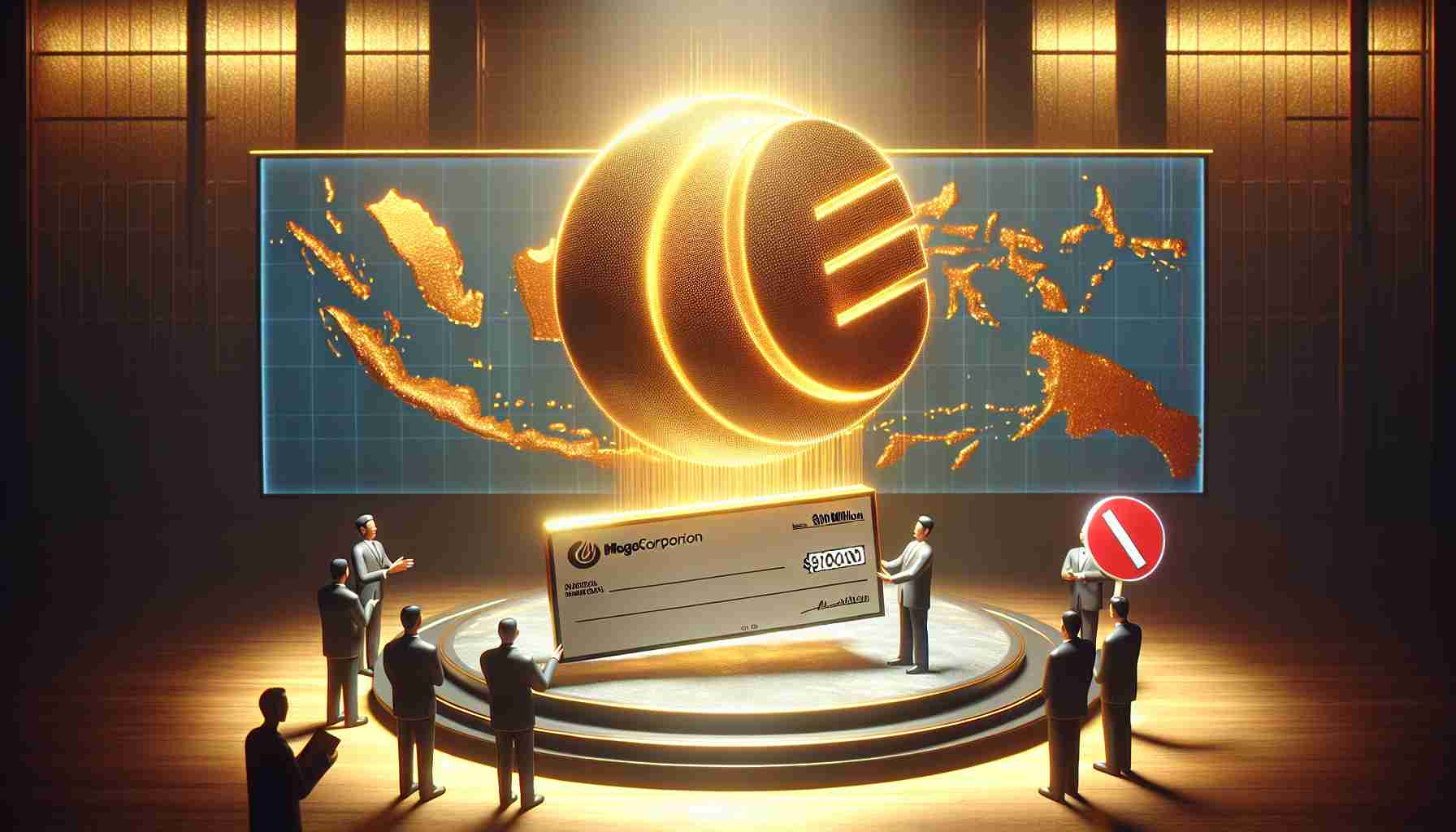Huawei has once again pushed the boundaries of smartphone technology with the launch of the Mate 60 Pro, featuring a groundbreaking satellite calling feature. This addition allows users to make calls and send messages even in areas without traditional cellular service, a first for consumer smartphones.
Imagine being able to connect with loved ones while trekking through remote mountain ranges or sailing far from shore—all without the fear of being disconnected. This pivotal move positions Huawei at the forefront of innovation, challenging competitors to rethink connectivity solutions.
The satellite calling feature relies on state-of-the-art satellite technology, bridging gaps in traditional communication networks. It works by linking to a network of satellites orbiting the Earth, providing users with the ability to communicate where usual mobile signals falter. This technological leap could be a game-changer for sectors that rely on constant connectivity, such as emergency services, outdoor adventurists, and international journalists working in remote areas.
Beyond its immediate applications, the Mate 60 Pro prompts a broader discussion about the future of mobile communication. As urbanization and digitization expand, so does the need for reliable communication infrastructures that transcend current limitations. Huawei’s innovation pushes the industry towards a future where communication is not bound by geography.
In a world where staying connected is increasingly crucial, Huawei’s Mate 60 Pro opens up exciting possibilities, challenging the status quo and paving the way for a new era of global connectivity. As competitors race to keep up, this feature marks a significant step toward a more connected world without borders.
The Unseen Frontier: How Huawei’s Satellite Tech is Transforming Connectivity
In an era where connectivity is king, Huawei’s Mate 60 Pro has brought satellite calling to the forefront of consumer smartphone technology. This innovation not only enhances communication but also introduces potential changes across multiple sectors. However, the implications are more expansive than the technology itself.
What does this mean for global development? The ability to maintain connectivity without traditional networks can be revolutionary. For instance, during natural disasters when cellular infrastructure is damaged, satellite technology can ensure that emergency services remain operational. This could profoundly impact rescue operations and relief efforts.
Yet, this advancement in tech raises questions: How secure are satellite communications? As data sent via satellites could be intercepted, ensuring robust security protocols will be vital. Furthermore, the increased dependency on satellites begs the question of contingency plans in case of satellite failures or cyber-attacks.
On a broader scale, the move towards satellite integration may prompt discussions on spatial and regulatory elements. As space becomes a new frontier for communication, international guidelines and cooperation will be necessary to govern satellite use effectively.
There are challenges, too. The cost of utilizing satellite networks may initially be prohibitive for all but the wealthiest consumers. Similarly, the environmental impact of deploying more satellites is a growing concern among environmentalists.
As we ponder these possibilities, it’s clear that technologies like Huawei’s are reshaping more than just the tech landscape—they are charting new courses for humanity. For more insights into how technology is influencing global change, explore Huawei.






















